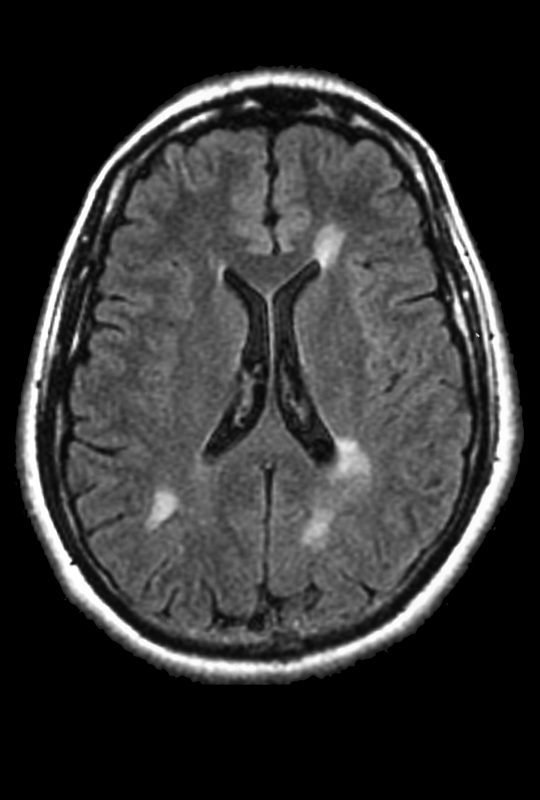
FAQs about MS lesions
MS lesions are dynamic and can change as time goes on. Over time, an individual lesion or area of abnormal tissue may remain the same size, it may grow, or it may shrink or disappear entirely.
While MRI scans are the gold standard for imaging MS lesions, some lesions may not always be clearly visible on scans. For example, some lesions may be too small to reliably be seen using MRI.
Unlike an MRI, which uses powerful magnetic fields to image the body’s internal structures, a computed tomography (CT) scan images the body using a series of X-ray images taken from different angles. While it is possible for MS lesions to be visible on a CT scan, these scans provide less detail than MRI.
There is no solid answer at this point. Some research suggests that MS lesions are more likely to develop after periods of heightened stress. Further, some studies have reported that stress-reducing interventions may reduce the risk of developing new lesions. Nonetheless, other research has found no such connection, and the potential association between stress and MS lesions — and MS progression in general — remains unproven.
To be diagnosed with multiple sclerosis, a person must show evidence of MS-like lesions that affect multiple areas of the nervous system and develop over time. Although lesions are necessary to confirm a diagnosis of MS, other medical conditions also may result in the development of lesions in the brain. Thus, it is important to rule out other potential causes when determining an MS diagnosis.
Related Articles

 Fact-checked by
Fact-checked by 








